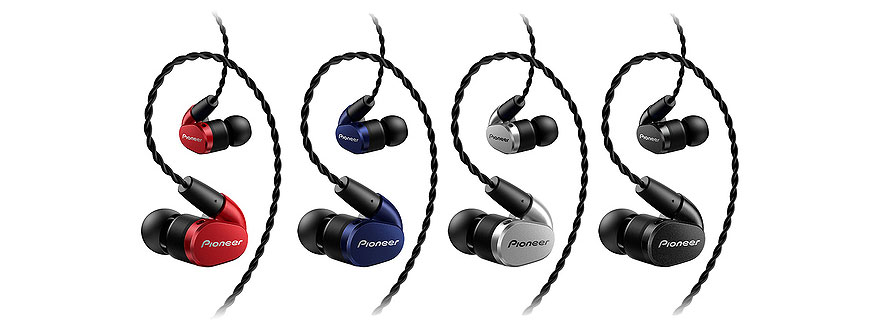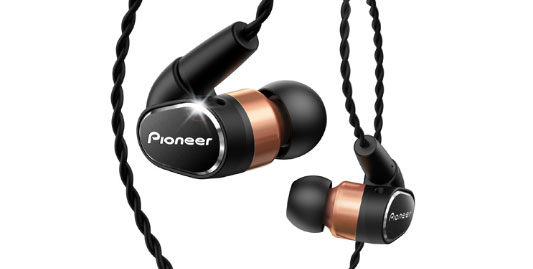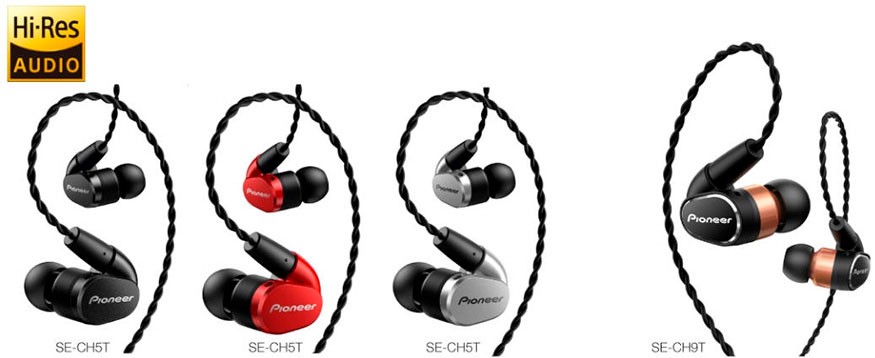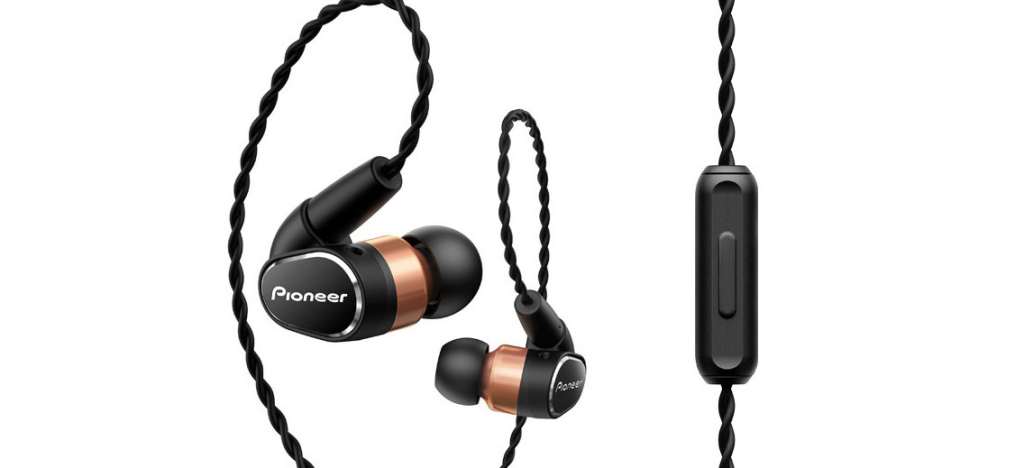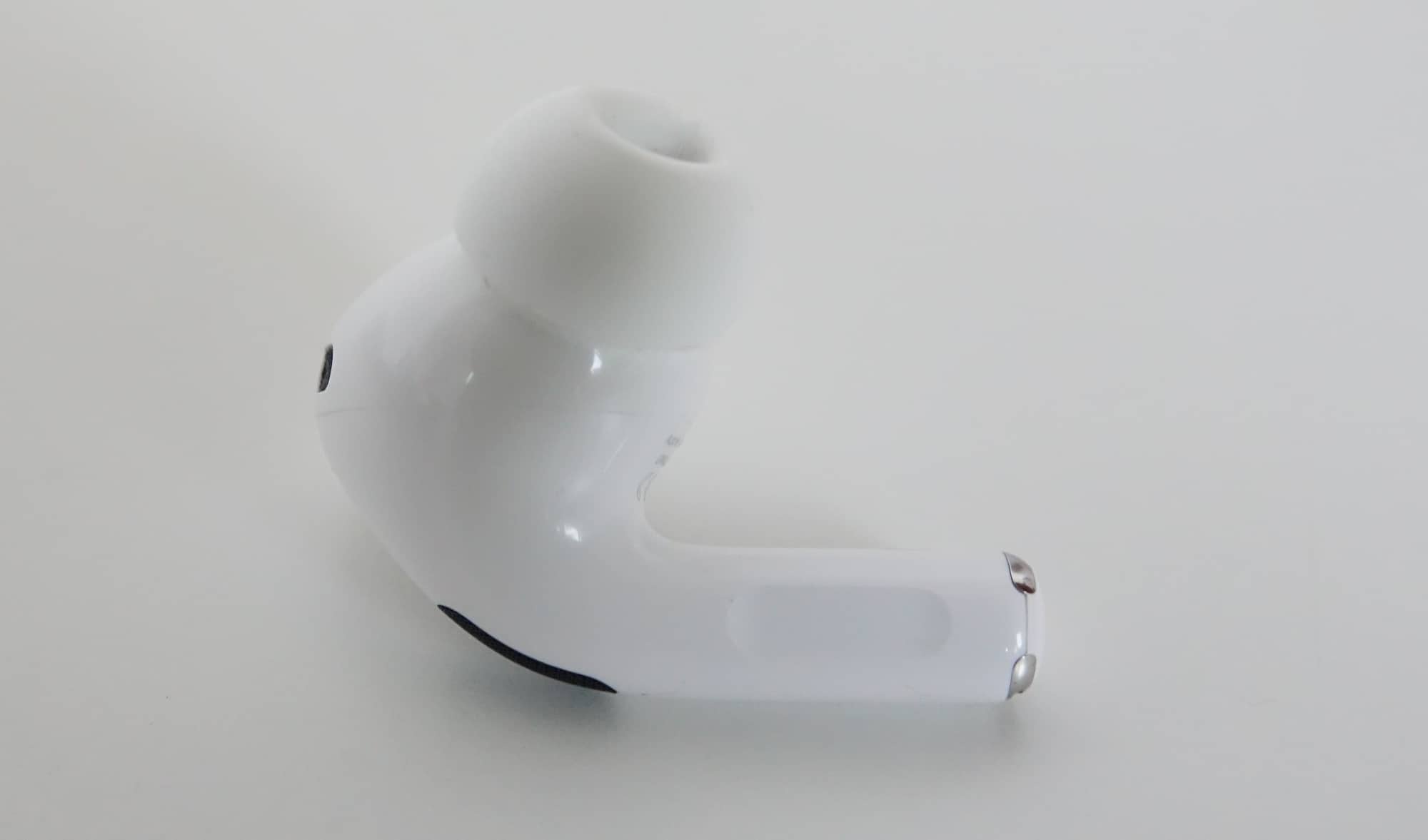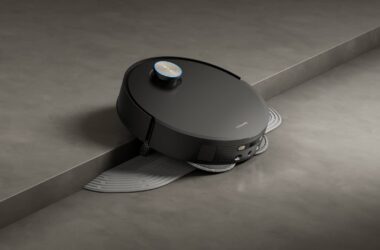Earphones designed for high-definition audio tend to cost a pretty penny, but Pioneer wants to change things.
There’s a pretty clear formula for gaining access to listening to the world’s music in the highest resolution possible: you need the media, the player, and the output device.
The media is easy enough provided you can find it, and the players are certainly becoming part of other gadgets, so provided you have a recent Android phone or even a dedicated media player, you’re set.
All that’s left is to find a pair of earphones, and that’s where things can get tricky. While technically all ear- and headphones can handle a media player, some are specifically designed to handle the various details and frequency ranges that higher resolution lossless formats like Free Lossless Audio Codec (FLAC), Direct Stream Digital (DSD), and the new Master Quality Audio (MQA) send out. The idea here is that earphones carrying the tag for “Hi-Res Audio” will be maximised in design to hear the right sounds, letting you get the most out of the recording.
That means if you’re trying to change the way you listen to your music and hear all the details, you may need a new pair of earphones, and one that recreates sound like a pair of big speakers.
In this area, the cost can certainly be a little prohibitive, at least in the upper end of the market, but Pioneer seems keen on giving folks new to the hi-res movement something to try out.
This week, Pioneer announced a couple of newbies were on the way, with the SE-CH5T and SE-CH9T.
Both are designed similarly — and honestly good luck telling the difference if you don’t know what to look for — with a 9.7mm driver in each, though the 9T clearly has the edge, as the CH5T grabs a frequency range of 8Hz to 45kHz, while the CH9T improves it with a little room on either side delivering 5Hz to 50Hz.
That won’t mean much to everyone, so consider the jargon interpreted like this: while the CH5T aims to offer detail, the CH9T should offer more, and that’s not all that has changed.
Both include an airflow port to improve the soundscape and increase separation between what happens in the mids and bass, while only the CH9T includes a two-layer metal design using brass and aluminium to cut back on any vibrations you pick up on.
A braised over-ear cable is also included, which should cut back on sound you might hear from the movement of the cable, something which can be a problem on earphones where the cord drops down.
Pricing of the earphones comes in at $99 for the CH5T and $199 for the CH9T (above), which easily makes them fair game for folks keen to see if high-res audio will make a difference to their life without spending closer to $300 to $600, which is where this style of technology normally sits.
As to how it performs, we’re hoping to tell you soon enough, so look for a review in the coming weeks.
